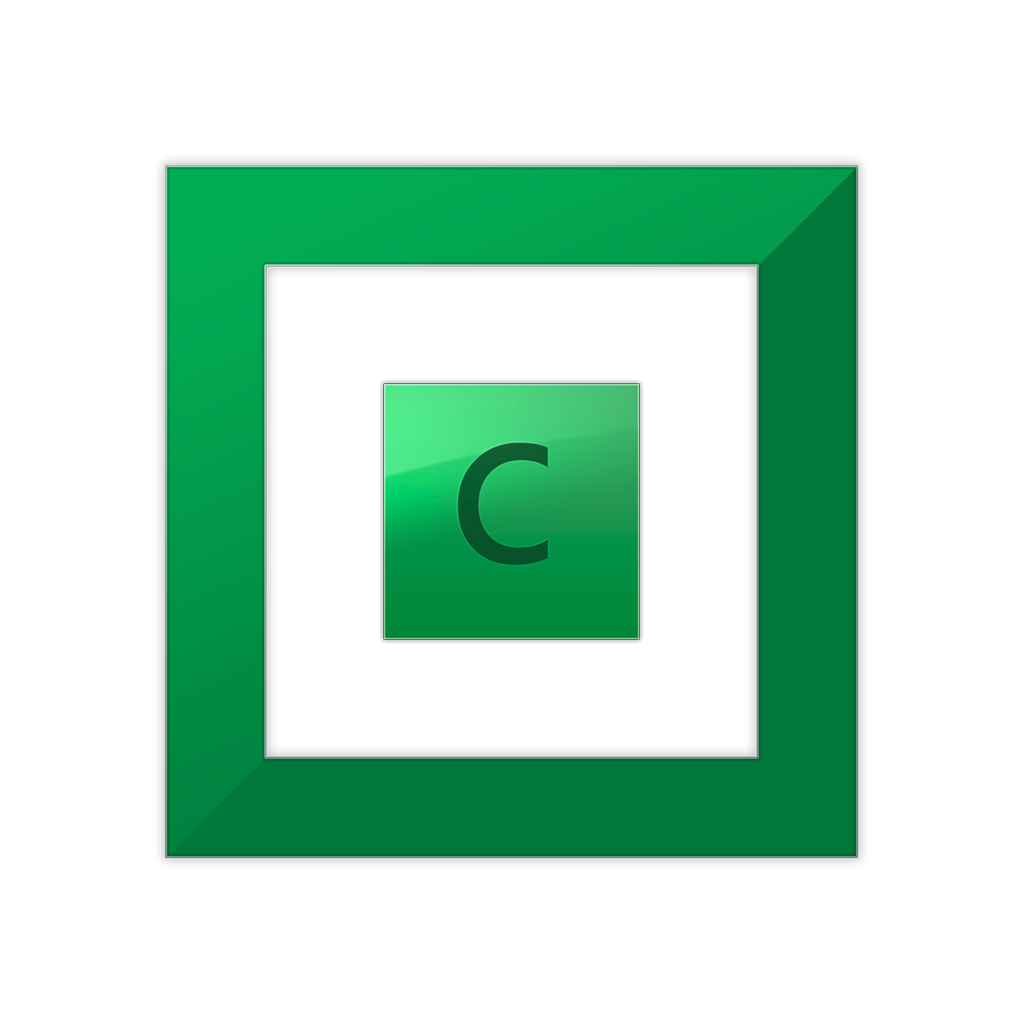Leaderboard
Popular Content
Showing content with the highest reputation since 06/25/25 in Posts
-

Drivepool shows "starting service" for hours even though drive is usable
Shane reacted to Christopher (Drashna) for a question
No, it dosen't have any preference. But if you have read striping enabled, it should use that to optimize the reads. However, you might be able to use the file placement rules to hack this. Eg, add a rule for "\.covefs\*" should work (or at least, dosen't error out). This should allow you to specify a drive (and testing this, it looks to be respected)1 point -

Replaced bad drive, now the entire pool is read-only?
Shane reacted to Christopher (Drashna) for a question
You can also do this with power shell, and with "two" commands. In both cases, this gets a list of disks -> checks for any items that have the "read only property" -> and for each, run the command to disable read only. These are safe to run, and I have verified that they cause no issue on my personal system/server.1 point -
Salim, what you're asking for isn't simple. To try to use a bad car analogy to give you an idea: "I don't know how this truck works that can tow multiple trailers with the abilities to redistribute the cargo between trailers and even switch out whole trailers, safely, while the truck is still being driven on the highway, but I would assume it can't be difficult to make it so it could also/instead run on train tracks with the press of a button." However looking at your previous thread: Presuming you still want this, on Windows, AND hardlinks, I'm again going to suggest a CloudDrive-on-DrivePool setup, something like: Create a DrivePool pool, let's call it "Alpha", add your "main drive" as the first disk (let's call it "Beta") and your "single drive" as the second disk (let's call it "Gamma"), enable real-time duplication, disable read-striping, set whole-pool duplication x2 (you could use per-folder only if you knew exactly what you were doing). note: if you plan to expand/replace Beta and/or Gamma in the future, and don't mind a bit of extra complexity now, I would suggest adding each of them to a pool of their own and THEN add those pools instead to Alpha to help with future-proofing. YMMV. Connect "Alpha" as a Local Disk provider in CloudDrive, then Create your virtual drive on it, let's call that "Zod"; make sure its chosen size is not more than the free space of each of Beta and Gamma (so if Beta had 20TB free and Gamma had 18TB free you'd pick a size less than 18TB) so that it'll fit. There might be some fiddly bits to expand upon in that but that's the gist of it. Then you could create hardlinks in Zod to your heart's content and they'll be replicated across all disks. The catch would be that you couldn't "read" Zod's data by looking individually at Alpha, Beta or Gamma because of the block translation - but if you "lost" either Beta or Gamma due to physical disk failure you could still recover by replacing the relevant disk(s), with Zod switching to a read-only state until you did so. You could even attach Gamma to another machine that also had CloudDrive installed, to extract the data from it, but you'd have to be careful to avoid turning that into a one-way trip.1 point
-
Since you don't use/haven't used drivepool I would suggest learning more about how it works so you can see why supporting hardlinks isn't as simple as you might think, and also why having drivepool try to support them conditionally isn't a great idea either. I've been using drivepool for about 12 years now myself. I have full confidence that if there was a simple way for Alex to add support for hardlinks on the pool it would have been done a long time ago. I also want to be 100% clear that I'd love to see hardlinks supported on the pool myself, but I also understand why it hasn't happened yet.1 point
-
1 Poolpart cannot be read by drivepool (SOLVED)
Shane reacted to denywinarto for a question
Whew, i don't know which one actually fixed it, but it suddenly showed up on my pool! I did everything above until the poolpart.guid cannot be renamed, so i tried putting the drive offline and online DP said one of the disk is missing, thats when i noticed it's back on the pool. Many thanks Shane saved me from massive headache of copying 20tb files! I almost reinstalled DP as well, i was too focused on finding the missing drive on the non-pooled Iist I didn't notice it's back on the pool1 point -

1 Poolpart cannot be read by drivepool (SOLVED)
denywinarto reacted to Shane for a question
Try running the following in a command prompt run as administrator: dpcmd refresh-all-poolparts And where poolpartPath is the full path of the poolpart folder of the missing drive: dpcmd unignore-poolpart poolPartPath for example, dpcmd unignore-poolpart e:\poolpart.abcdefgh-abcd-abcd-abcd-abcdefgh1234 And where volumeid is that of the "missing" drive (you can use the command 'mountvol' to get a list of your volume identifiers): dpcmd hint-poolpart volumeid for example, dpcmd hint-poolpart \\?\Volume{abcdefgh-abcd-abcd-abcd-abcdefgh1234}\ while poolparts and volumes happen to use the same format for their identifying string they are different objects If that doesn't help, you may try one or more of the following, in no particular order of preference: repairing DrivePool (windows control panel, programs and features, select StableBit DrivePool, select Change, select Repair) uninstalling, rebooting and reinstalling DrivePool (may lose configuration but not duplication or content, and keep your license key handy just in case) resetting the pool (losing balancing/placement configuration, but not duplication or content): Open up StableBit DrivePool's UI. Click on the "Gear" icon in the top, right-hand corner. Open the "Troubleshooting" menu, and select "Reset all settings..." Click on the "Reset" button. Alternatively, you may try manually reseeding the "missing" drive: if - and only if - you already had and have real-time duplication enabled for the entire pool and you just want to get going again ASAP: remove the "missing" drive from DrivePool quick format it (just make sure it's the right drive that you're formatting!!!) re-add the "missing" drive, let drivepool handle re-propagating everything from your other drives in the background. otherwise: open the "missing" drive in Windows File Explorer (or other explorer of your choice) find the hidden poolpart.guid folder in the "missing" drive rename it from poolpart.guid to oldpart.guid (don't change the guid) remove the "missing" drive from DrivePool if the "missing" drive is now available to add again, proceed to: re-add the "missing" drive move all your folders and files (but not $recycle.bin, system volume information or .covefs) from the old oldpart.guid folder to the new poolpart.guid folder that's just been created tell the pool to re-measure once assured everything is showing up in the pool, you can delete the oldpart.guid folder. else if the "missing" drive is still not available to add again, proceed to: copy your folders and files (but not $recycle.bin, system volume information or .covefs) from the old oldpart.guid folder to the pool drive duplicates of your folders/files may exist on the pool, so let it merge existing folders but skip existing files you may need to add a fresh disk to the pool if you don't have enough space on the remaining disks in the pool check that everything is showing up in the pool if all looks good, quick format the "missing" drive and it should then show up as available to be re-added.1 point -
Your examples seem to only take a 2 disk pool into consideration. Adding a 3rd drive (or more) into the pool immediately complicates things when it comes to the balancing and duplication checks that would be needed to make this possible. Also, even if you try to control the conditions under which hardlinks are allowed to be created, those conditions can change due to adding/removing a drive or any automatic balancing or drive evacuation that takes place. Allowing hardlinks to be created under certain conditions when those conditions could change at any point afterwards probably isn't a good idea. Any implementation to fully support hard links has to work properly and scale with large pools without any (or at least minimal) performance penalties, and be 100% guaranteed to not break the links regardless of dupication, balancing, etc.1 point
-

Regarding read performance from SMB
Source_man reacted to Shane for a question
Hi! If your storage is only HDD consider upgrading that to SSD or a mix of SSD and HDD (note that if you duplicate a file across a SSD and a HDD, DrivePool should try to pick the SSD to access first where possible). Also consider upgrading your network (e.g. use 5Ghz instead of 2.4GHz bands for your WiFi, and/or use 2.5, 5 or 10 Gbit instead of 1 Gbit links for your cabling and NICs, etc) depending on what your bottleneck(s) are. You can try prioritising network access over local access to DrivePool via the GUI: in Manage Pool -> Performance make sure Network I/O boost is ticked. (And also make sure 'Read Striping' is NOT ticked as that feature is bugged). Fine-tuning SMB itself can be complicated; see https://learn.microsoft.com/en-us/windows-server/administration/performance-tuning/role/file-server/ and https://learn.microsoft.com/en-us/windows-server/administration/performance-tuning/role/file-server/smb-file-server amongst others. PrimoCache is good for local use but doesn't help with mapped network drives according to its FAQ, and DrivePool user gtaus reported that they didn't see any performance benefits when accessing a pool (that had PrimoCache enabled) over their network.1 point
